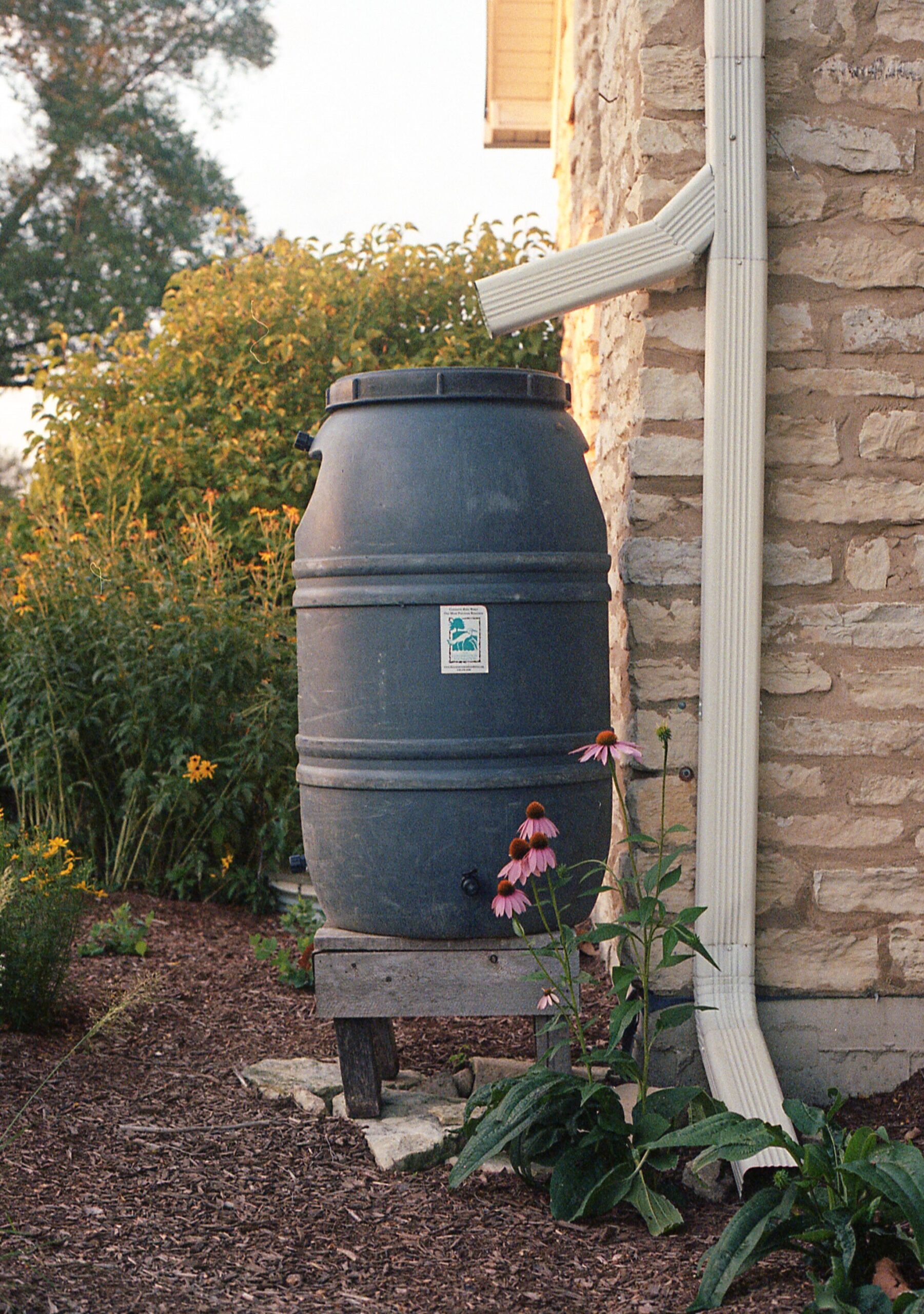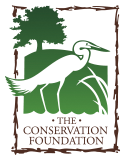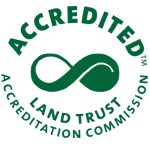Conservation@Home
Conservation@
Home
Spring Lookbook

Explore our Spring Lookbook for ideas that help birds and butterflies, conserve clean water, and ultimately make your home a healthier place to live.
Like many brands, our current collection focuses on sustainability. This year is The Conservation Foundation’s 50th Anniversary—so we’ve been behind earth-conscious choices for a while now. For us, sustainability is not just a trend. We’re in it for the long run.
Incorporating these practices into your gardens and landscaping may qualify you for Conservation@Home certification. Learn more about Conservation@Home and how you can bring nature back to your home and neighborhood.


Harvest the Rain
Rain Barrels
Preserve our precious freshwater resources by harvesting rain with a rain barrel.
Direct water that falls on your roof into a rain barrel to use for watering your garden, houseplants, and more.
Rain Barrels
Waste Not,
Want Not
compost at home
We want to send nutrients back to the soil, not to the landfill. Compost at home to turn food scraps and yard waste into nutrient-rich soil to use in your gardens.
To purchase an Earth Machine composter,
contact Jim Kleinwachter at [email protected]

Butterfly Oasis
plants for butterflies
Butterflies and other pollinators need our help. Attract butterflies to your yard by planting native host plants and nectar-rich flowers. For example, plant milkweed for monarch caterpillars and blazing star for monarch butterflies.
View our Butterfly Guide below for plants that support local butterflies.



Bring In Birds
plants for birds
Native plants help local birds too! Native plants either support insects that birds eat, or they nourish birds directly with fruits, seeds, and nuts.
Learn to identify some common backyard birds and find out how can you bring more varieties of birds to your yard:


Oust the Invaders
Invasive plants
Invasive plants are not native to our area and cause problems for the local ecosystem. Specifically, invasive species displace our native plants that are the foundation of the food chain for insects, birds, and other wildlife.
Some common invaders include:
- Garlic mustard
- Japanese honeysuckle
- Common buckthorn
- Burning bush
- Bradford pear
Learn how to identify common invasive species and what you can plant instead:
Invasive Plants
Soak up
Standing water
rain gardens
Rain gardens are depressions planted with native plants that soak up stormwater. Rain gardens can help homeowners deal with flooding and standing water on their property.

We can each do something to help nature where we live.
Through the Conservation@Home program, more and more homeowners are making earth-friendly changes. Their yards help birds and butterflies, protect clean water, and ultimately make our neighborhoods healthier places to live.
At the same time, many of us aren’t yet in a place where we can make the commitment to join the Conservation@Home program. Of course, there are other ways to support local nature too.
A gift to The Conservation Foundation protects nature and improves the health of our communities—more land is preserved, our rivers and streams run with clean water, children connect to nature, and locally-grown, organic vegetables feed families.
Hey, What's a Lookbook?
“A Lookbook is a digital catalog which is designed to convey the latest collection of a brand (fashion, interior, cosmetics, etc.). Its predecessors were physical catalogs and print fashion magazines distributed by a certain brand.” (Source: thedesignest.net)
We thought we’d have some fun and show off key features of the Conservation@Home program as if they were fancy retail products. Perhaps instead of a new pair of shoes or throw pillow we could interest you in a composter or native tree? Each earth-friendly choice we make at home contributes to making our community healthier for both nature and people.
Thanks for scrolling through our Lookbook!


